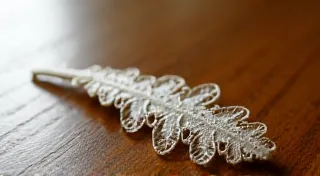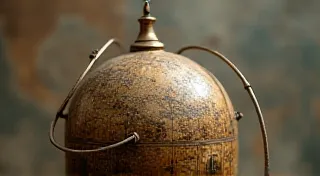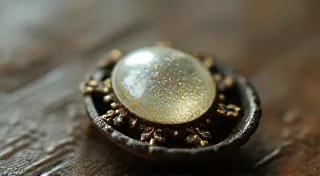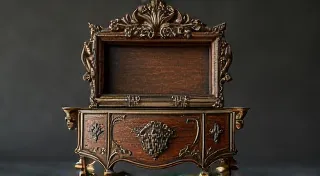Woven Memories: The Language of Floral Motifs in Hair Art
There’s a profound intimacy in holding a piece of Victorian hair art. It's not merely a craft; it's a whispered story, a tangible expression of grief, love, and remembrance. As someone who's spent years meticulously restoring these delicate treasures, I'm consistently struck by the sheer emotional weight they carry. Beyond the intricate weaving and painstaking detail, lies a silent language – the language of flowers. In Victorian society, floral symbolism, or floriography, was a sophisticated method of communication, used to convey messages too delicate or forbidden to speak aloud. And in hair art, it bloomed into an incredibly poignant form of expression. The practice itself speaks volumes about the Victorian fascination with mortality and memory; it's a remarkable testament to the era's complex relationship with grief and remembrance.
Imagine a young woman, perhaps newly widowed, painstakingly crafting a memorial wreath for her lost husband. Each strand of hair, each carefully placed petal, a testament to her enduring love and sorrow. It wasn’t frivolous decoration; it was a conversation with the departed, a visual poem of grief and hope. This meticulous process, often taking weeks or even months, wasn’t a chore; it was a sacred act of remembrance. The rituals surrounding the creation of these pieces, often shrouded in quiet solemnity, reflect a deep understanding of grief and a desire to transform loss into something beautiful and enduring. It's a fascinating topic explored in more detail in "A Tangible Grief: The Rituals Surrounding Victorian Hair Art Creation".
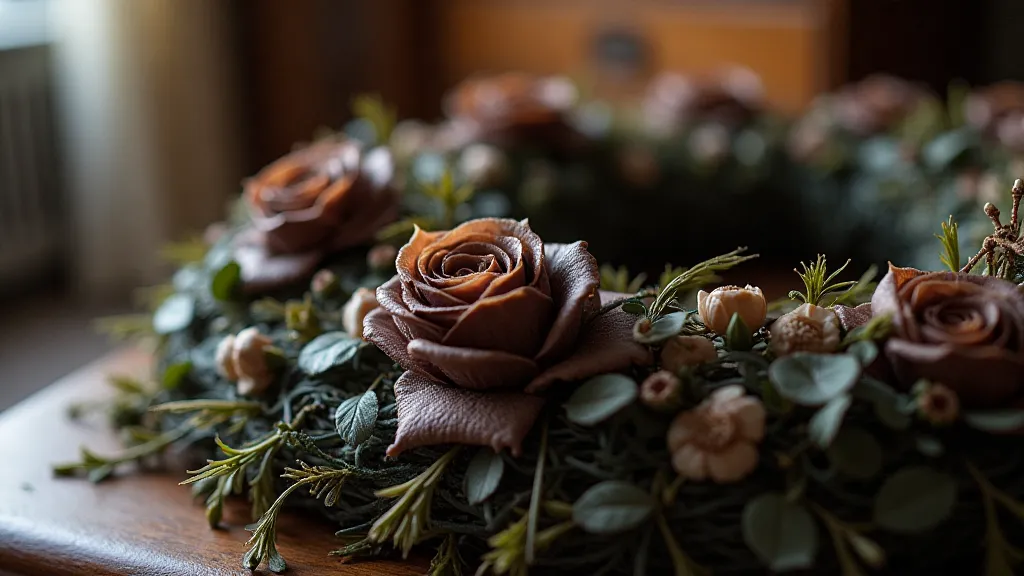
The Roses: Love, Beauty, and Loss
The rose, arguably the most recognizable symbol of love, held a particularly complex meaning in Victorian floriography. A red rose, naturally, signified passionate love. However, in the context of mourning art, a cluster of red roses could represent a love that endured beyond the grave, a promise of eternal devotion. A single, fading red rose, however, might speak of a love lost too soon, a poignant reminder of what was taken. The color’s intensity could subtly shift the narrative. A deep crimson suggested a consuming, passionate love, while a lighter, almost blush-like rose could speak of innocence and youthful affection.
The thorns, ever-present on the rose bush, weren't overlooked either. They could represent the pain and sorrow inherent in love, the hardships endured throughout a relationship, or the bitter reality of loss. A rose with particularly prominent thorns, woven deliberately into the piece, often signaled a more profound sense of grief and enduring pain.
Lilies: Purity, Innocence, and the Soul’s Ascent
Lilies, especially the white lily, were deeply associated with purity, innocence, and the soul’s journey to the afterlife. In hair art, they were frequently used to represent the departed, particularly children or young women. The lily's upward-reaching form symbolized the soul’s ascent to heaven, a comforting image for those grieving a loss. To see a lily woven into a memorial piece wasn't just an aesthetic choice; it was a deeply spiritual one, a visual prayer for the departed's eternal peace.
Interestingly, the type of lily could also carry nuance. A trumpet lily, with its prominent central trumpet, suggested a louder, more prominent spirit, perhaps a soul remembered with great reverence and pride. A Madonna lily, with its pristine white petals, emphasized an almost angelic quality, suitable for representing a child or a person of exceptional virtue.
Forget-Me-Nots: Remembrance and Everlasting Love
The tiny, delicate forget-me-not held a deceptively powerful message: remembrance. Its name itself is a plea, a whisper to never forget. In hair art, forget-me-nots were woven into pieces to symbolize a promise to remember the departed, to keep their memory alive. They served as a poignant counterpoint to the inevitable fading of time, a vow to never let the loved one be forgotten. Imagine a mother weaving forget-me-nots into a piece created for her lost child – a tangible expression of her unwavering commitment to keep their memory eternally cherished. The act of memorializing, the painstaking effort to immortalize a life in tangible form, speaks to the human desire to transcend loss and keep memories alive, a theme further explored in "The Silken Requiem: Hair Art as a Language of Grief".
The small size of the flower also held significance. It could symbolize the preciousness and fragility of memory, reminding the viewer to treasure the recollections of the departed. Its gentle blue hue, a color often associated with tranquility and hope, further enhanced its message of enduring love and remembrance.
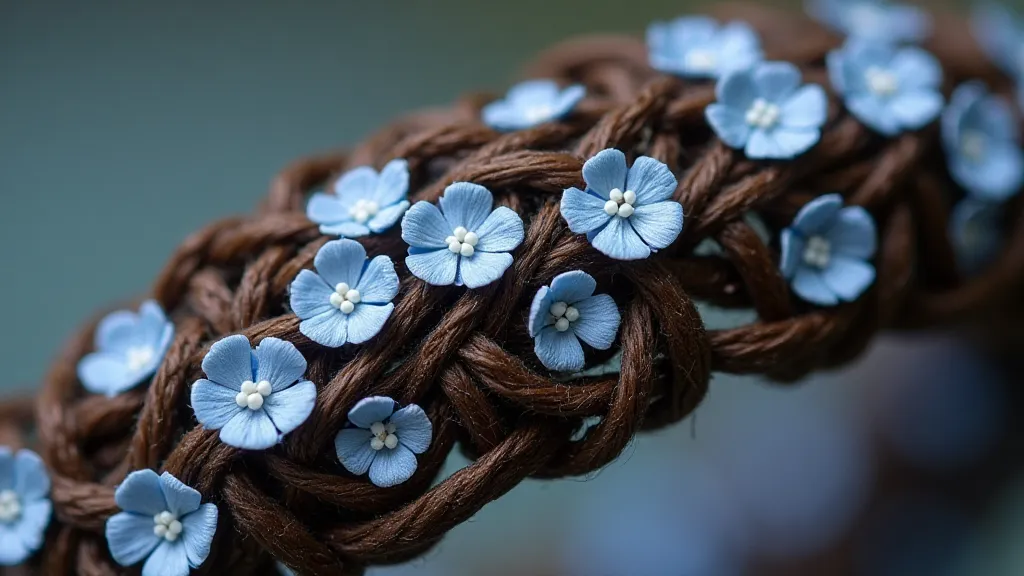
Beyond the Bloom: Other Symbolic Flora
While roses, lilies, and forget-me-nots were perhaps the most common, Victorian hair artists utilized a whole spectrum of floral symbolism. Pansies represented thoughtfulness and love, violets symbolized faithfulness and humility, and ivy, often intertwined with hair, represented immortality and enduring attachment. Even seemingly simple flowers like daisies, which signified innocence and purity, could contribute to the overall narrative of the piece.
The skill wasn’t simply in weaving the hair; it was in selecting the right floral symbolism to perfectly capture the essence of the person being memorialized. A gifted artist considered the deceased’s personality, their passions, and their relationship to the creator. This personalization is what elevates Victorian hair art beyond mere craftsmanship; it transforms it into a deeply moving and intimate expression of grief and love. The dedication to precise symbolism, the understanding of nuances and cultural meanings woven into each bloom, is part of what made Victorian-era memorial pieces so intensely personal.
Restoration and Appreciation: Preserving the Language
Restoring these delicate pieces is an immense privilege. It’s not about erasing the passage of time; it’s about carefully preserving the fragile evidence of that journey. Often, these pieces are found in a state of disrepair, with strands of hair broken, colors faded, and floral motifs obscured. Gentle cleaning, careful re-weaving, and subtle color restoration – all done with the utmost respect for the original intent – are essential to reviving these poignant narratives. The task of reconstruction also illuminates the societal fascination with mortality, a recurring motif in Victorian art and culture.
Collecting Victorian hair art offers a unique window into the emotional landscape of a bygone era. It’s about appreciating the artistry, understanding the symbolism, and honoring the stories embedded within each piece. Look beyond the materials – the hair, the silk, the thread – and consider the profound human connection that inspired its creation. Each piece is a testament to the enduring power of love, grief, and remembrance – a silent language whispering across the decades. The collections themselves tell a story, revealing the values and beliefs of the collectors and the wider Victorian society. The personal stories behind these collections, often steeped in mystery and intrigue, are worth exploring in their own right.
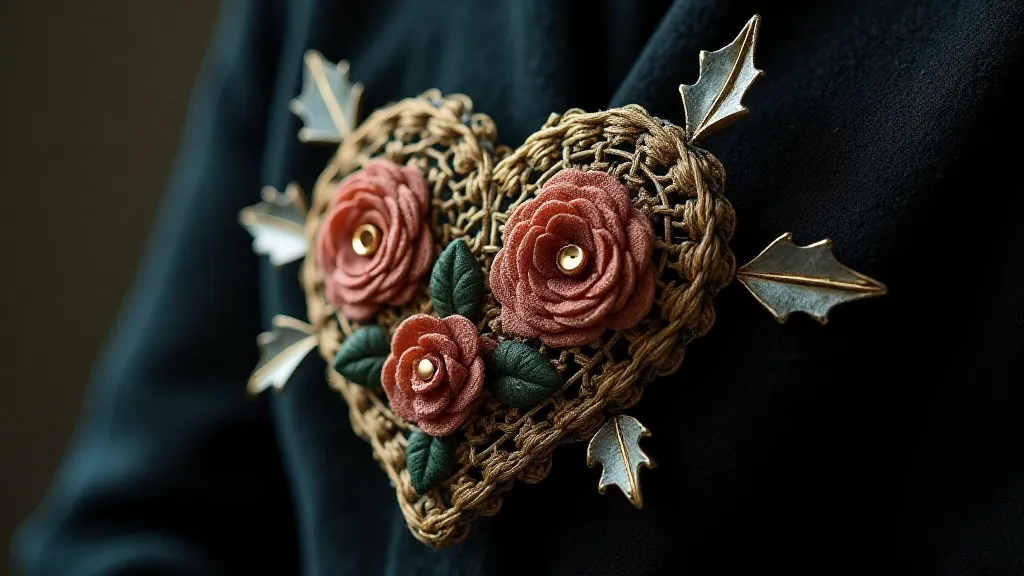
The beauty of Victorian hair art lies not only in its artistry but also in its profound emotional depth. It serves as a powerful reminder of our shared humanity, a tangible link to the past, and a poignant expression of the enduring power of love and remembrance. The choices in materials, design, and symbolism demonstrate a deep cultural understanding of grief and the importance of memorializing those lost. Studying the pieces allows us a glimpse into a society grappling with mortality and seeking solace through artistic expression. The cultural context surrounding the creation and collection of these pieces speaks to a broader Victorian fascination with death, memory, and the enduring power of human connection, a theme that resonates across generations and cultures.
